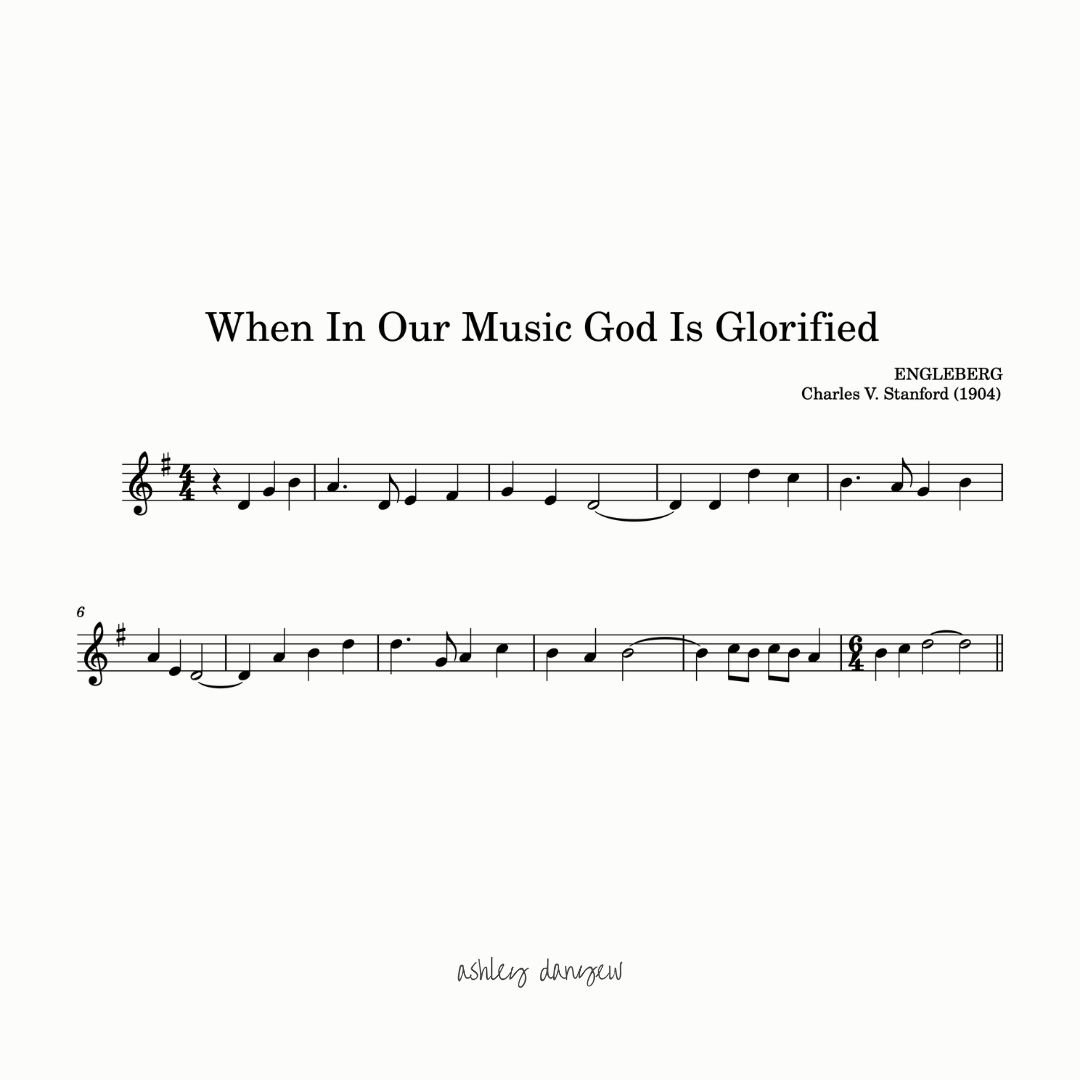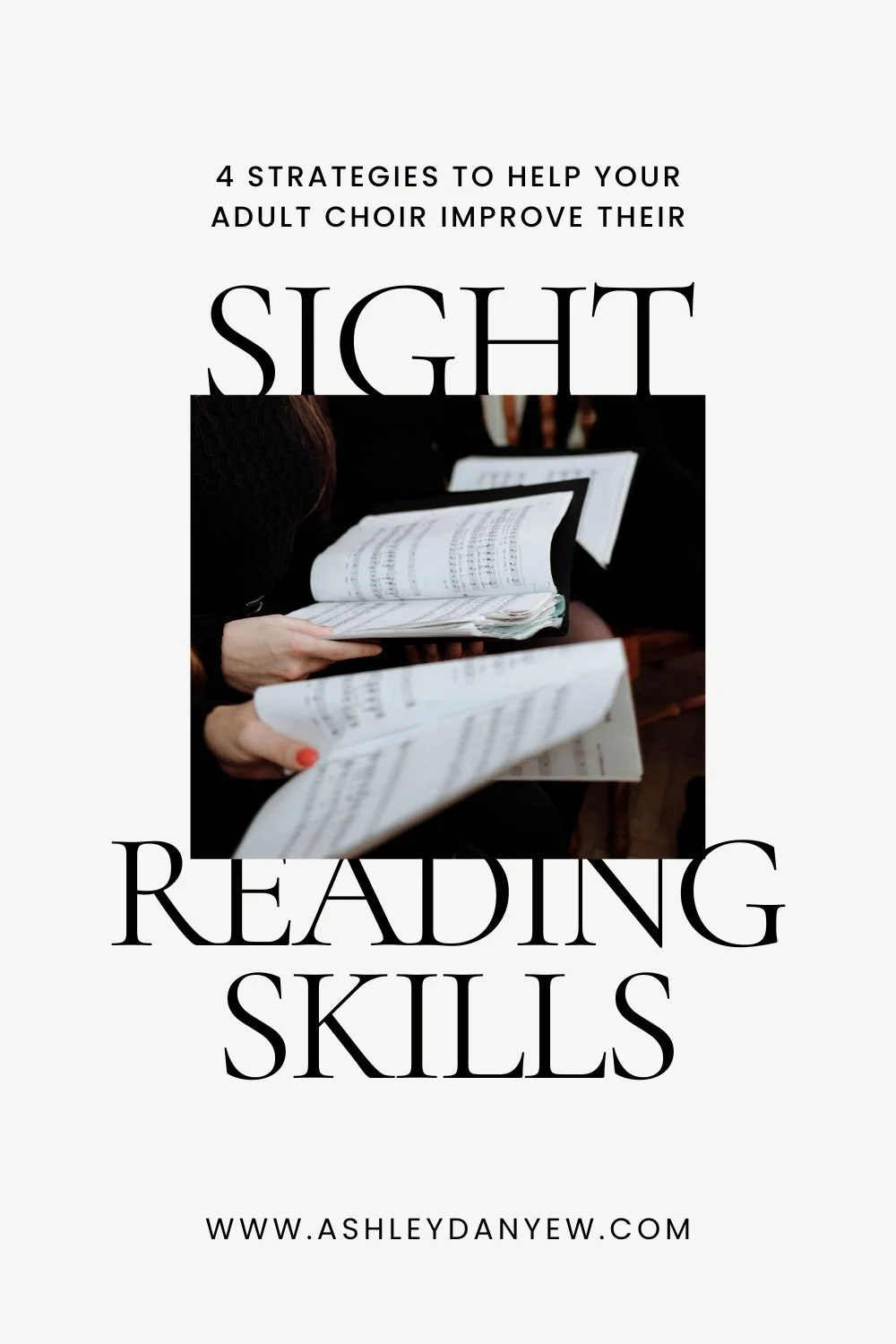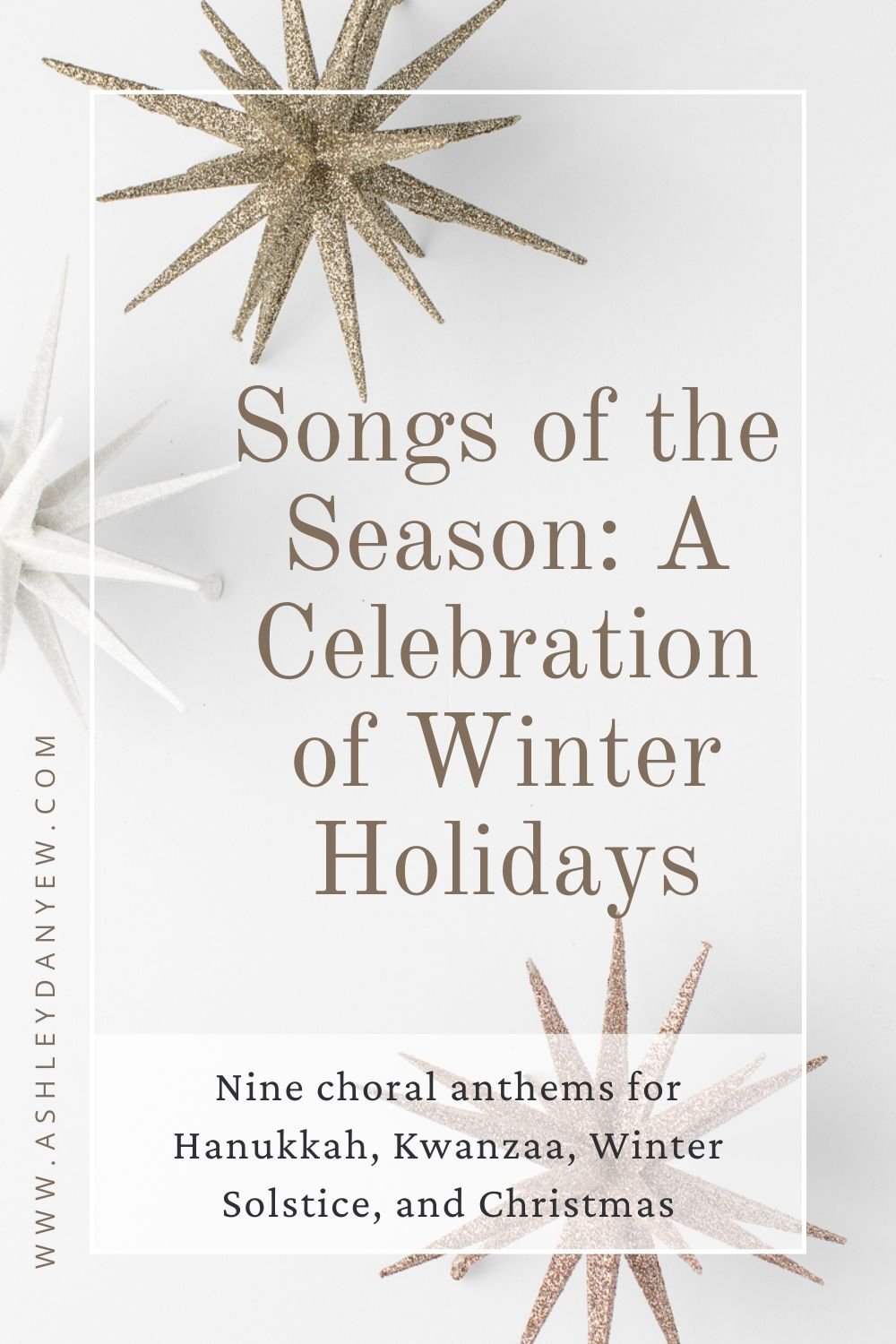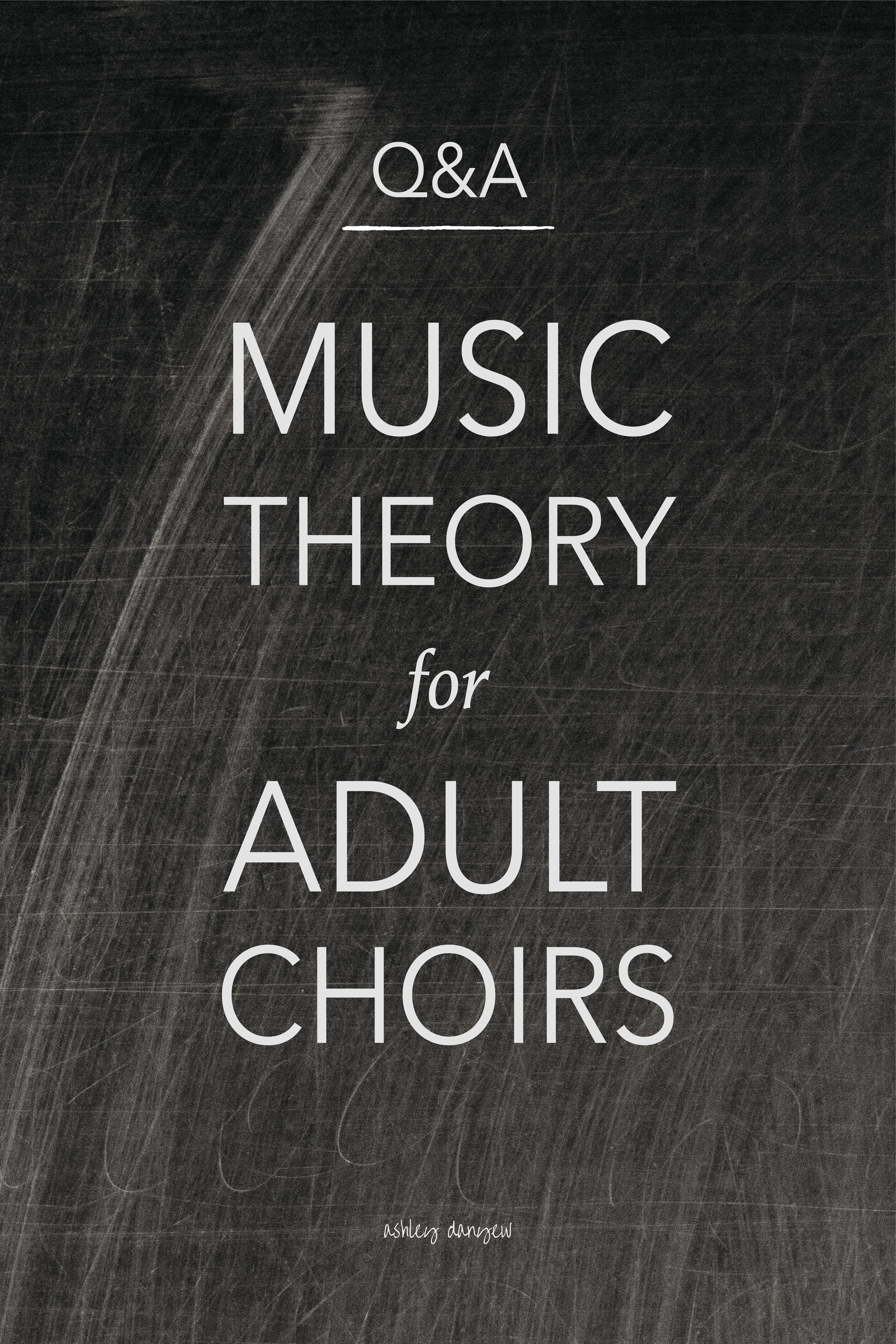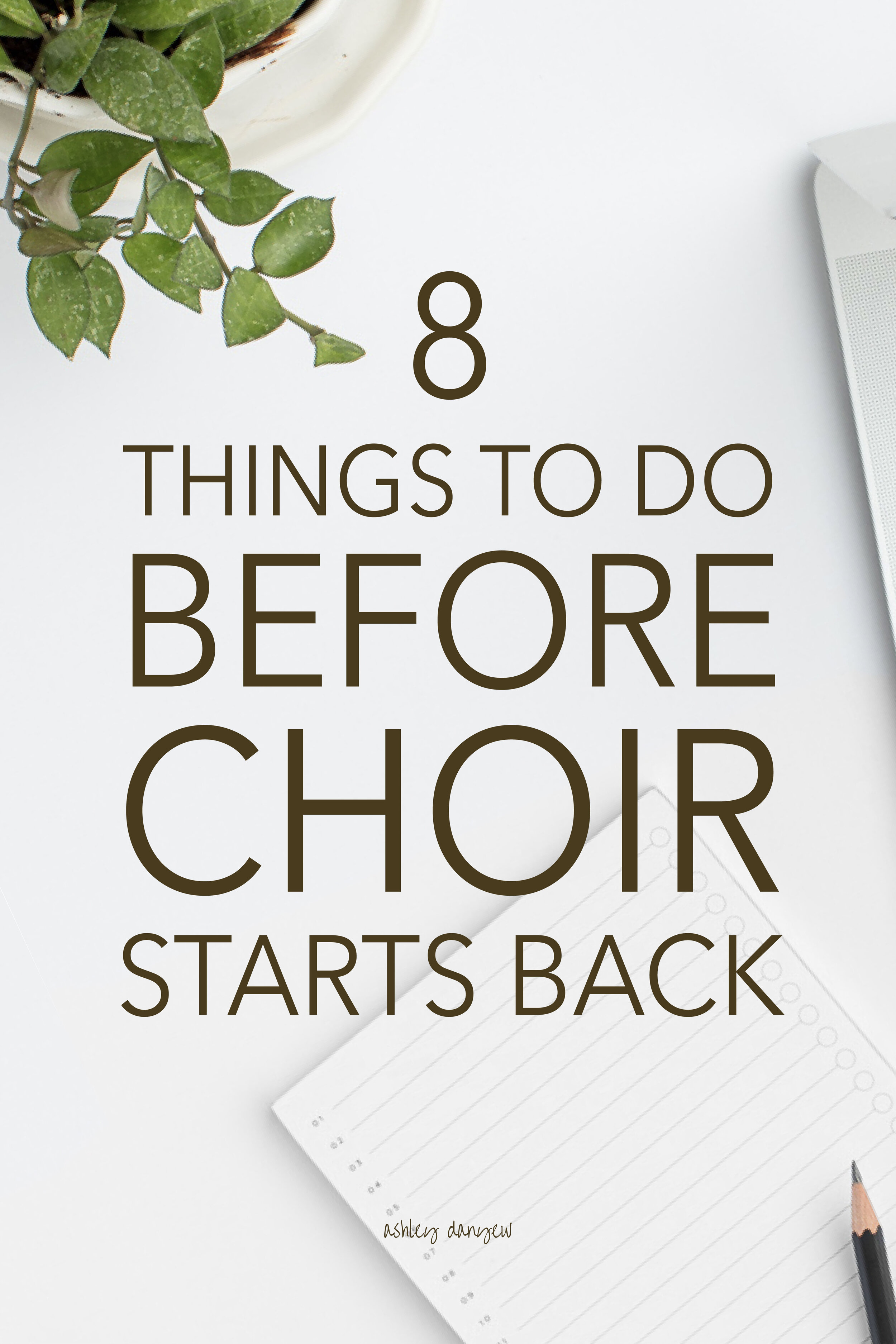When we talk about singing, especially singing in a community or congregational setting, we often ask, "Is it singable?"
This simple question may sound arbitrary but there's actually a lot of care and thought that goes into determining the answer.
To decide if something is "singable" or not, we need to analyze its form and structure, evaluate the difficulty of various musical elements, study the phrase structure, the melodic shape, the complexity of the harmony.
In this post, I'm going to break it down into a simple step-by-step process so you can choose singable music for your congregation with confidence (no music degree required!).
Let’s get started.
How to Evaluate Singability
When studying a piece of music to determine whether or not it's "singable," there are five key elements to review:
Musical Style
Singing Range
Melodic Shape
Musical Form
Rhythm
Let's begin by talking about musical style.
Musical Style
Musical style refers to the type of music: genre or category, instruments used, etc.
Consider whether or not this song is appropriate to sing in worship. Does it fit your worship service stylistically (e.g. traditional, contemporary, blended)? Will it complement the other elements in the service? Will it support the theme or message of the day or detract from it? Will it bring meaning to the worship experience?
Another thing to consider when reviewing the musical style of a piece is if it lends itself to being sung by the congregation. Some pieces of music are more choral in nature--intended to be sung by a group of people--while others are more soloistic in nature. Songs with complex rhythms or melismatic lines are more challenging to read (for those who read music) and more difficult to sing, especially in a group setting.
Instead, look for a simpler style with rhythm that follows the steady beat and text that is set syllabically.
Melismatic: a group of notes sung to one syllable of text
Syllabic: one note sung to one syllable of text
Singing Range
When searching for congregational music that is singable, it's important to consider the range of the song or hymn (the highest and lowest notes of the melody).
Look for melodies that fall mostly between Middle C and Treble C or D (about an octave). Most congregations can sing a few notes higher or lower than this, but only on occasion and not for extended periods of time.
Melodic Shape
Melodic shape refers to how the notes move in the hymn or song. Does the melody have any large leaps or is it mostly stepwise in motion? Melodies that move mostly by step will be easier to hear, read, and sing. Melodies with frequent skips and large leaps will be harder to learn and sing and will require more repetitions or hearings before the congregation will be able to sing with confidence.
Musical Form
Musical form refers to the structure or organization of the music. Hymns and songs are often organized into sections. Here are three common forms:
Verse/Chorus
AABA (4 lines where lines 1, 2, and 4 are the same)
Through-composed (each phrase is different)
Songs and hymns with repeated phrases or lines will be simpler and easier to introduce to your congregation. The text may be different, but the melodic and rhythmic patterns will be familiar. Look for elements that are the same (intervals, phrase shape, rhythm patterns, melodic patterns, etc.)
Rhythm
For congregational singing, especially when you’re asking them to read the written music notation, the simpler the rhythm patterns are, the better. If the music is more classical in style, the rhythm is likely more straightforward, following the steady beat with repeated patterns that are easier to read and learn quickly.
“Simpler rhythms are easier, but like step-wise melodies, they can get boring. A few characteristic rhythmic motives, particularly if repeated exactly within the tune, are interesting and catchy.”
(source)
Syncopated patterns (rhythm that falls in between beats or on the off-beat) or more complex rhythm patterns that are common in more popular and contemporary styles of music are often quite challenging and complicated to read when written in music notation. These songs might be better taught and learned by rote (through imitation and repetition).
If you feel strongly about using written music notation, consider simplifying the syncopated rhythms so they lend themselves more easily to congregational reading and singing.
One other thing to consider is if the text has a consistent number of syllables for each verse. If the number of syllables changes in a particular phrase from one verse to the next, that means the rhythm also changes, which can be difficult for congregations.
Hymn Study Examples: Is It Singable?
Now that we've talked through these five key elements, let's look at a few examples.
Here are two hymn tunes in the public domain: Engleberg and St. Elizabeth (also known as Crusader's Hymn).
Hymn Study No. 1: When In Our Music God Is Glorified (ENGLEBERG)
Musical Style
This is a traditional 19th-century hymn tune, though the text was written in 1971, which makes it feel a little more contemporary (if you can call something that's 50 years old contemporary!). The style is appropriate for worship, especially as an opening or closing hymn and lends itself to congregational singing, especially since there are no sung harmony parts notated, only the melody.
Singing Range
The range is D above Middle C to D above Treble C, which is a comfortable singing range.
Melodic Shape
Notice that there are several skips and large leaps in the melody, including an octave, which may be challenging for congregations to sing, especially if this hymn is new.
Also, the tonic or "home" note of this hymn is G but notice that the melody does not begin or end there, which may be a bit disorienting for those who are unfamiliar with the tune.
Musical Form
This hymn is through-composed, meaning no sections are repeated. This makes it more challenging to teach and learn because there is a lack of repeated phrases and musical material.
Rhythm
If you study the rhythm of each phrase (mm. 1-3), you'll notice that it repeats itself in mm. 4-6 and mm. 7-9. Repetition is helpful for learning but since the pitches are different, this may not be that beneficial.
In addition, there are a few things that make the rhythm somewhat challenging in this hymn.
Beginning with a quarter rest and singing on beat 2 of the measure
Dotted quarter note rhythms
Tied notes
Again, once the congregation has a chance to hear and sing this hymn, these things can be learned, but initially, the rhythm may complicate things.
Let's look at another example.
Hymn Study No. 2: Fairest Lord Jesus (ST. ELIZABETH)
Musical Style
This is another traditional 19th-century hymn. It is chordal in texture, meaning that all voice parts move together with the same rhythm. The style is appropriate for worship, especially in the middle of a service.
Singing Range
The range is D above Middle C to E-flat above Treble C. That E-flat may feel a little high for a congregation to sing, but since it only occurs once within the tune, it's doable.
Melodic Shape
The melody has a very gentle arc shape. It begins with a 6-note melodic pattern on the tonic or "home" note of E-flat. The second phrase starts a 3rd above on G with the same 6-note melodic pattern. The third phrase starts a 3rd above that on B-flat, soaring up to the E-flat and back down. The second half of the tune winds its way back down to the home note.
Musical Form
This hymn is through-composed, as well. Each phrase is unique.
Rhythm
The rhythm of this hymn tune is comprised of primarily quarter notes and half notes, though there are a few dotted quarter note rhythms, which may be challenging if the tune is unfamiliar. Notice how many times these rhythm patterns are used:
half note - quarter note - quarter note (5 total)
quarter note - quarter note - half note (3 total)
I hope you’re able to choose singable music for your congregation with greater confidence after reading this post and reviewing the hymn studies above.
I’d love to hear from you.
How do you evaluate the singability of a new hymn or song for your congregation?



